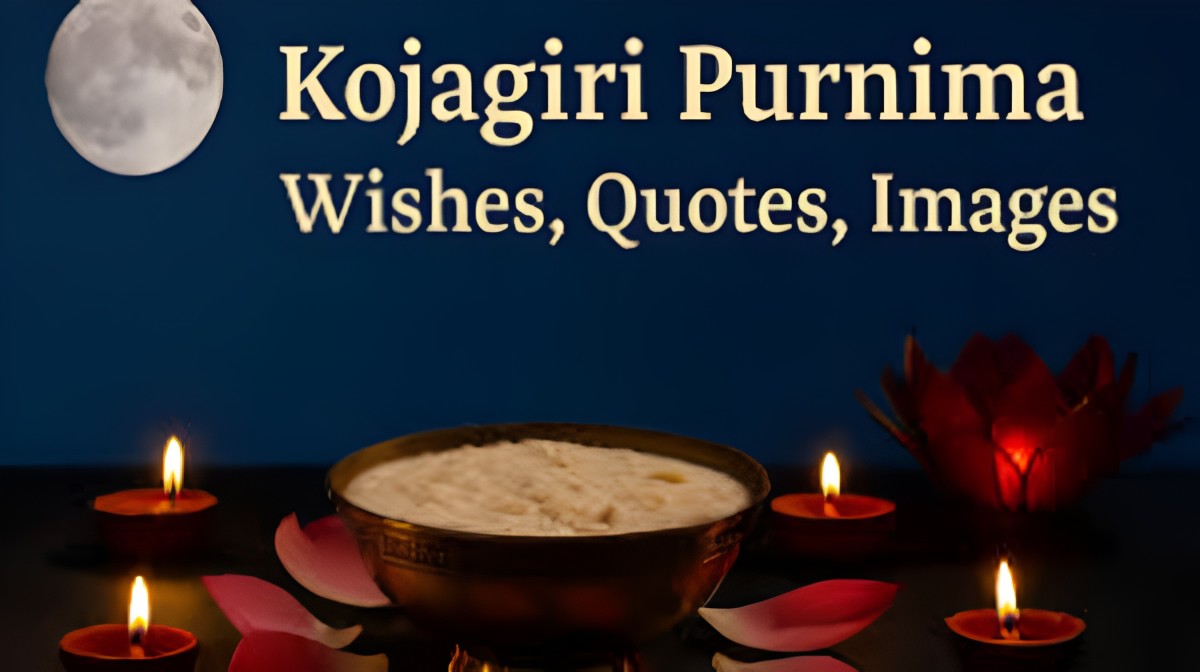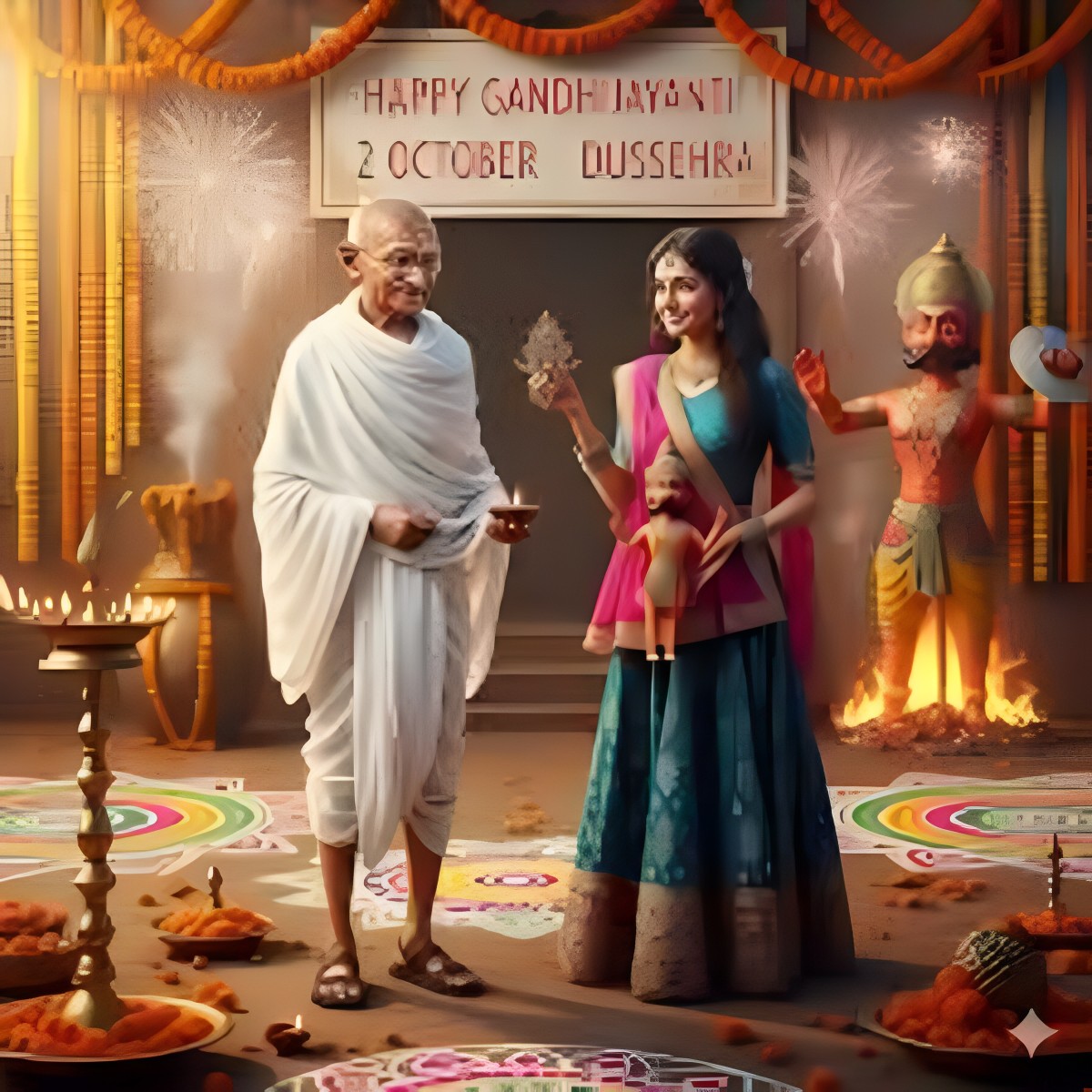Kojagiri Purnima, also known as Sharad Purnima, is a significant and vibrant festival celebrated primarily in India. It marks the full moon night in the Hindu lunar month of Ashwin (September-October), heralding the end of the monsoon and the arrival of the harvest season. This festival beautifully blends cultural rituals, agricultural significance, spiritual beliefs, and the enchanting allure of moonlight, making it a unique celebration across many Indian states.
The Meaning and Significance of Kojagiri Purnima
The term “Kojagiri” comes from the Sanskrit words “Ko Jagarti,” meaning “Who is awake?” Tradition holds that on the night of Kojagiri Purnima, the divine goddess Lakshmi, the goddess of wealth and prosperity, roams the Earth and blesses those who stay awake and offer prayers. The festival symbolizes awareness, gratitude, and the awakening of spiritual consciousness.
Sharad Purnima also marks the harvest moon night. Farmers celebrate the culmination of the agricultural cycle and the bounty of their crops. People believe the full moon’s bright, soothing light carries healing and nourishing properties, enhancing the auspiciousness of the night.
Also Read:Cloudburst in Dehradun: What It Reveals About Rising Climate Risks
Cultural and Regional Celebrations
Kojagiri Purnima is observed with unique customs and rituals across India:
- In Maharashtra and Gujarat, people prepare and consume Kheer (a sweet rice pudding) left overnight under the moonlight, believing it absorbs the moon’s healing energy. This kheer is later shared among family and friends.
- In Bengal, it coincides with the festival of Kali Puja, where Goddess Kali is worshipped through night-long vigils.
- In North India, people perform Lakshmi Puja, light lamps, and keep vigil to seek the goddess’s blessings.
- In South India, particularly Tamil Nadu, the festival is celebrated as Karthigai Deepam, where oil lamps are lit in homes and temples, symbolizing the victory of light over darkness.
The Moonlight Connection
One of the most enchanting aspects of Kojagiri Purnima lies in the belief that the moon’s healing powers peak on this night. Ancient Indian science and Ayurveda teach that the moonlight during Sharad Purnima contains rich medicinal and rejuvenating properties. This belief motivates people to stay awake, bask in the moonlight, and consume foods like kheer that absorb the moon’s rays.
Scientists today explain this phenomenon by pointing to the cooling effect of moonlight and the unique conditions of this full moon night, which create a deeply calming and spiritually uplifting experience.
Agricultural Importance
For agrarian communities, Kojagiri Purnima serves as a thanksgiving festival. It celebrates the harvest season when farmers gather crops like rice, sugarcane, and millets. The festival reminds people of the symbiotic relationship between humans and nature.
Farmers offer prayers to deities, asking for a good harvest and protection from pests and natural calamities. Their gratitude toward nature fosters a spirit of sustainability and respect for the environment.
Kojagiri Purnima: Rituals and Traditions
- Moonlight Vigil: Staying awake all night to welcome Goddess Lakshmi and absorb the benefits of the moonlight.
- Preparation of Kheer: A traditional delicacy made with milk, rice, sugar, and dry fruits, left under the moonlight before consumption.
- Lakshmi Puja: Devotees perform elaborate worship of Goddess Lakshmi, seeking prosperity and well-being.
- Lighting Lamps: Homes and temples are decorated with oil lamps and candles, symbolizing light, hope, and purity.
- Community Gatherings: People come together for prayers, feasts, and cultural programs, reinforcing social bonds.
Spiritual and Social Relevance
Beyond its agricultural and cultural aspects, Kojagiri Purnima inspires introspection, spiritual awakening, and gratitude. It encourages people to stay awake—both physically and mentally—to recognize the divine presence and blessings in their lives. The festival reminds us to notice the abundance around us and to nurture it with care and respect.
Socially, the festival strengthens community ties through shared rituals and celebrations, promoting harmony and collective well-being.
Conclusion
Kojagiri Purnima, the festival of harvest and moonlight, beautifully blends nature, culture, spirituality, and community. It honors the earth’s bounty, celebrates the mystic power of the moon, and inspires the eternal quest for prosperity and enlightenment. People gather under the tender light of the full moon and share the sweetness of kheer among loved ones, keeping alive the cherished reminder of life’s abundance and the blessings that surround us.
Also Read : Nitin Gadkari Major Warning After Operation Sindoor: ‘World War III Could Erupt Anytime











